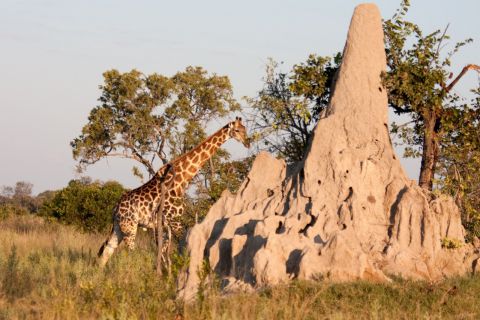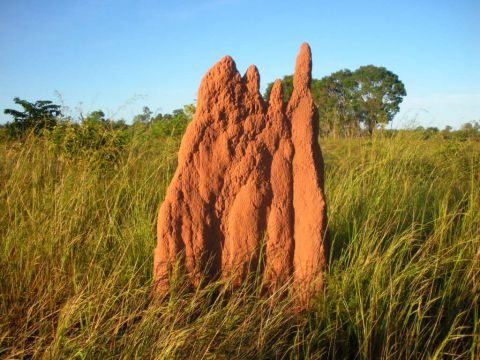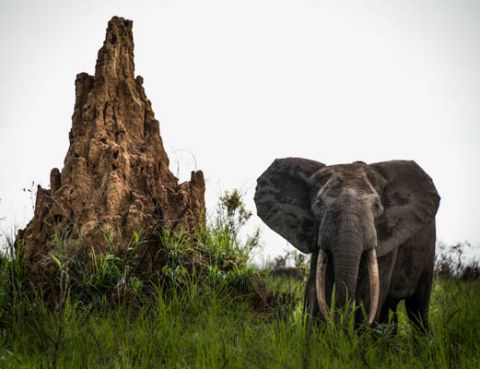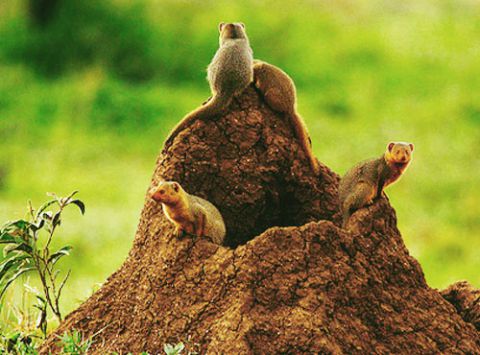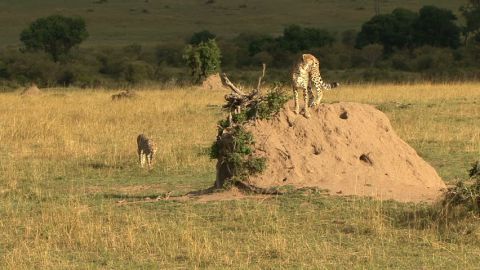Three Cheers for the Termites
It's International Termite Week!
Today marks the start of International Termite Week. Why is there a whole week to honor these creepy crawlies, you ask? Because they are the glue that holds many African ecosystems together. They have the proud titles of being both ecosystem engineers and keystone species – but what do those mean?
An ecosystem engineer is a species who shapes their environment (like a beaver building a dam), and whose changes are disproportionately important relative to how many of them live in the habitat (one beaver’s dam impacts the entire downstream ecosystem). On the other hand, a keystone species is one that's essential to the wellbeing of the ecosystem. This means, every other species in the ecosystem is directly or indirectly dependent on the keystone species, such as a sea otter in a kelp forest.
Little Creatures, Big Impacts
Termites build mounds with sky high towers and extraordinarily complex subterranean tunnels and chambers. For small insects, their impacts are far-reaching and diverse, creating fetile islands of productivity. Their constant tunneling and excavating brings nutrients, air and water into the depths of the soil, which helps trees and other plants to grow better. Termites have their own ‘gardens’ where they grow fungus deep underground for food. This helps to distribute nutrients throughout the soil, acting as subterranean fertilizer.

Hungry herbivores are drawn to graze on the lush plant life found around termite mounds. As they feed, their manure acts as additional fertilizer, further boosting the productivity of the area. The abundant herbivores in turn attract predators, giving them excellent hunting grounds. Who would have thought that such tiny insects would help dictate the distribution of so many other animals?
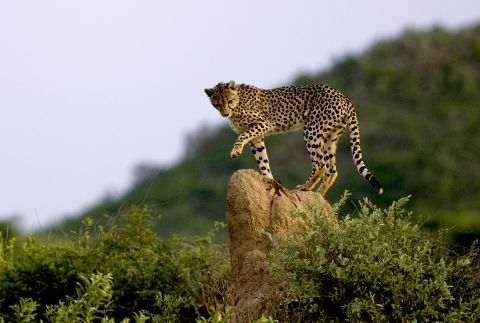
Without termites, the harsh dry season would be even harder for many plants and animals to survive. Termite mounds are an architectural marvel. They’re constructed to pull air and moisture through the tunnels, from the top to the deepest chambers. Throughout the year, they maintain an incredibly consistent climate in the mound. This means they are able to survive the driest times, and continually provide their benefits to other plants and animals. Without termites, many African ecosystems wouldn’t be able to thrive year round.
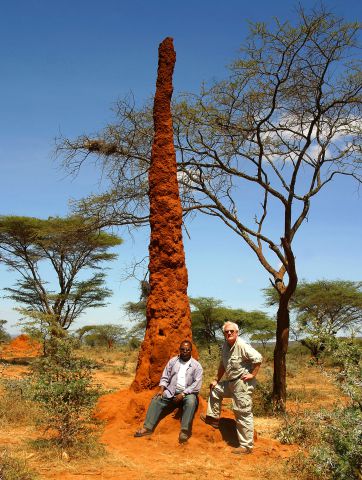
Next time you’re on safari, take a moment to appreciate these fascinating structures and the diligent little workers that live within. Safaris wouldn’t exist without the incredible African wilderness, so we should give a big thank you the termites that make it all possible.



